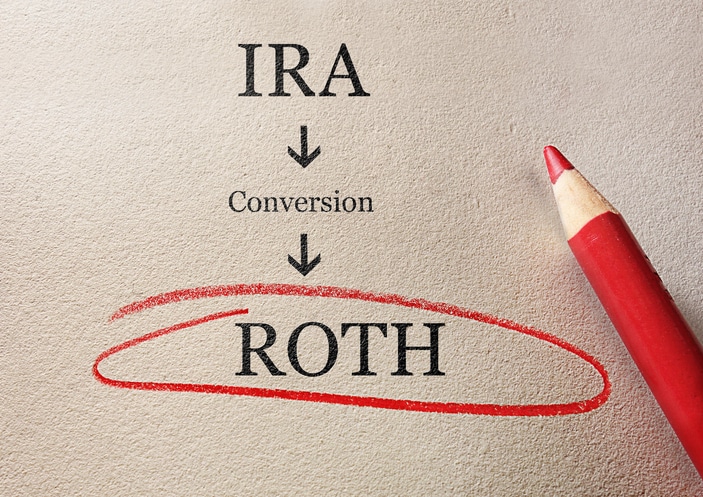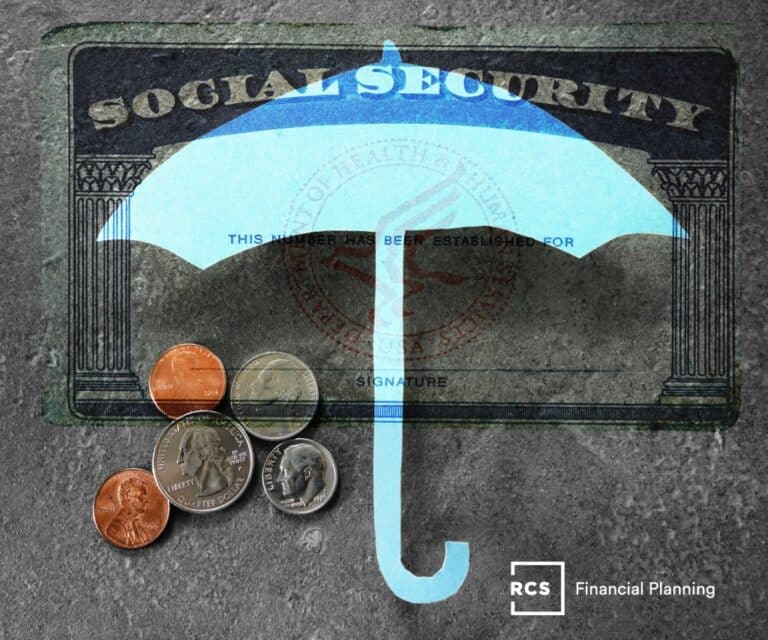Why the 4% Rule for Retirement is Outdated (And What Works Better in 2025)
Is the 4% Rule Putting Your Retirement at Risk?
Most retirees assume the 4% rule will keep them financially secure—but what if it’s actually limiting your lifestyle?
For decades, the 4% rule has been the go-to strategy for retirement withdrawals. But in today’s economic environment, clinging to this outdated rule could mean sacrificing the experiences you’ve worked so hard for—right when you have the time to enjoy them.
The 4% Rule: A Quick Refresher
Developed by William Bengen in 1994, the 4% rule suggests that retirees can withdraw 4% of their initial portfolio in the first year of retirement and adjust that amount annually for inflation.
The goal? Ensure savings last 30 years—regardless of market conditions.
But here’s the problem: Retirement has changed. People are living longer, markets are more volatile, and spending isn’t static.
Three Major Problems with the 4% Rule
1. You May Live Longer Than Expected
The 4% rule assumes a 30-year retirement period, but current Social Security data shows that a healthy 65-year-old today has a nearly 50% chance of living past 90. That means your savings need to stretch longer than ever.
2. The “Retirement Spending Smile” – Why Expenses Aren’t Linear
Retirees don’t spend money in a straight line:
- Early retirement: Spending tends to be higher due to travel, hobbies, and home improvements.
- Mid-retirement: Costs may stabilize, with fewer major expenses.
- Late retirement: Healthcare and long-term care costs can skyrocket.
The 4% rule ignores these spending patterns, forcing unnecessary restrictions early on and leaving you unprepared for rising costs later.
3. Market Volatility Can Derail Your Plan
What happens if the market crashes early in your retirement? A poor sequence of returns could drain your portfolio faster than expected, making the 4% rule ineffective.
4. Inflation Erodes Purchasing Power
An early market downturn can dramatically reduce your portfolio’s longevity if you’re withdrawing a fixed amount each year. If you start retirement in a bear market and continue withdrawing 4% annually, you could deplete your savings faster than expected.
Not sure if you’re missing anything in your retirement plan?
These 3 free checklists cover retirement planning, tax strategies, and important financial deadlines—so you can make informed decisions with confidence.
A Smarter Approach: Risk-Based Guardrails
Instead of blindly following a rigid withdrawal strategy, consider risk-based guardrails—a dynamic approach that adjusts withdrawals based on:
- Portfolio performance
- Inflation trends
- Personal spending needs
This method allows you to increase withdrawals during strong market years and reduce them slightly during downturns—ensuring your portfolio remains sustainable without forcing you into a one-size-fits-all plan.
How It Works
- Set a Personalized Withdrawal Rate
- Instead of fixating on 4%, your rate should reflect market conditions, asset allocation, and personal risk tolerance.
- Establish Guardrails for Flexibility
- Define an upper guardrail and lower guardrail portfolio threshold amounts.
- If market gains push your portfolio balance over the upper guardrail, you can increase spending.
- If temporary market declines push your portfolio balance below the lower guardrail, you cut back temporarily to preserve assets.
- Reevaluate Annually
- Instead of following an inflation-based increase every year, adjust based on portfolio performance, inflation and financial needs.
Case Study: Why the 4% Rule Forces You to Sacrifice When You Don’t Have To
Meet Dave, 65 years old, newly retired, and waiting to claim Social Security at 70.
Under the traditional 4% rule, Dave has saved $1 million for retirement, meaning his withdrawal strategy dictates an income of just $40,000 per year (plus adjustments for inflation).
However, this approach creates a major problem:
- Dave wants to travel and enjoy retirement now, while he’s still healthy.
- He has no Social Security income yet, so his entire lifestyle is restricted to just 4% of his portfolio.
- By the time Social Security kicks in, he may have missed out on experiences he can’t get back.
How the Guardrails Strategy Changes Everything
Instead of blindly following the 4% rule, Dave uses a risk-based guardrails approach, allowing for higher initial withdrawals. Here’s how it works:
- Year 1-5 (Before Social Security): Higher Withdrawals
- Dave starts with a 6-7% withdrawal rate, giving him $60,000–$70,000 per year instead of just $40,000.
- This allows him to travel, dine out, and enjoy his active years without unnecessary sacrifices.
- Year 6 (Social Security Begins at 70): Portfolio Withdrawals Decrease
- Now, with Social Security covering part of his income, he reduces portfolio withdrawals.
- His total income remains the same—he doesn’t experience a “pay raise” at 70 because he never restricted himself unnecessarily in the first place.
- Built-In Adjustments for Market Conditions
- If the market struggles early in retirement, he temporarily reduces withdrawals—preventing panic and ensuring long-term sustainability.
- If the market performs well, he may even have room to increase spending later.
The Bottom Line: The 4% Rule Creates Artificial Scarcity—Guardrails Give You Freedom
- 4% Rule Outcome: Dave sacrifices early retirement years, living on a tight budget despite having plenty of savings.
- Guardrails Outcome: Dave maximizes income in the early years without jeopardizing long-term security, thanks to built-in adjustments.
Retirement shouldn’t start with sacrifice. With a guardrails approach, you get the freedom to enjoy life now—without financial regret later.
Final Thoughts: The Future of Retirement Income Planning
If you’re still relying on the 4% rule, you may be limiting your retirement lifestyle unnecessarily. The reality is, your income needs—and the market—change over time. A static withdrawal rate isn’t the solution.
With a guardrails-based plan, you:
✔ Maximize your retirement income from day one
✔ Adjust to market conditions instead of blindly sticking to an outdated rule
✔ Ensure your savings last as long as you do—without sacrificing your best years
Ted Toal is a Certified Financial Planner™ specializing in retirement income and tax planning for affluent professionals and business owners. With over 25 years of experience in wealth management, Ted helps clients transform retirement uncertainty into financial confidence through dynamic planning strategies.
Want a Retirement Plan That Works for You?
Don’t let outdated strategies dictate your lifestyle. Let’s build a tax-efficient withdrawal plan tailored to your unique retirement goals.
This material is provided for educational, general information, and illustration purposes only. You should always consult a financial, tax, or legal professional familiar with your unique circumstances before making any financial decisions. Nothing contained in the material constitutes tax advice, a recommendation for the purchase or sale of any security, or investment advisory services. This content is published by an SEC-registered investment adviser (RIA) and is intended to comply with Rule 206(4)-1 under the Investment Advisers Act of 1940. No statement in this article should be construed as an offer to buy or sell any security or digital asset. Past performance is not indicative of future results.






